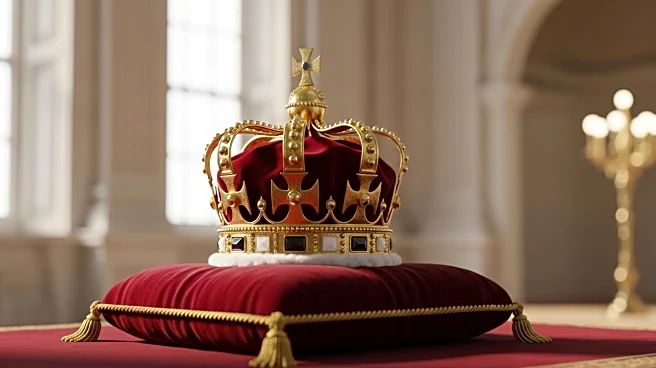Budapest's timeline is a rich tapestry of historical events that have shaped its development into a modern metropolis. From its origins as a Roman settlement to its current status as Hungary's capital, Budapest has undergone significant transformations, each contributing to its unique character.
Origins
Budapest's origins can be traced back to Roman times when it was known as Aquincum. The city's strategic location on the Danube River made it a vital military and trade center, laying the foundation for its future growth.
Key Phases
Throughout the centuries, Budapest has experienced key phases of development, including the medieval period when it became a royal seat and the 19th century when it underwent rapid industrialization. These phases have left a lasting impact on the city's architecture and cultural landscape.
Turning Points
Significant turning points in Budapest's history include the unification of Buda, Pest, and Óbuda in 1873, creating the modern city of Budapest. This unification marked a new era of growth and development, positioning Budapest as a major European city.
Present Status in Source
Today, Budapest is a vibrant metropolis known for its cultural heritage and economic vitality. The city's historical sites and modern amenities attract visitors from around the world, making it a key destination in Europe.
 Discover Daily • 7 min read
Discover Daily • 7 min read 











